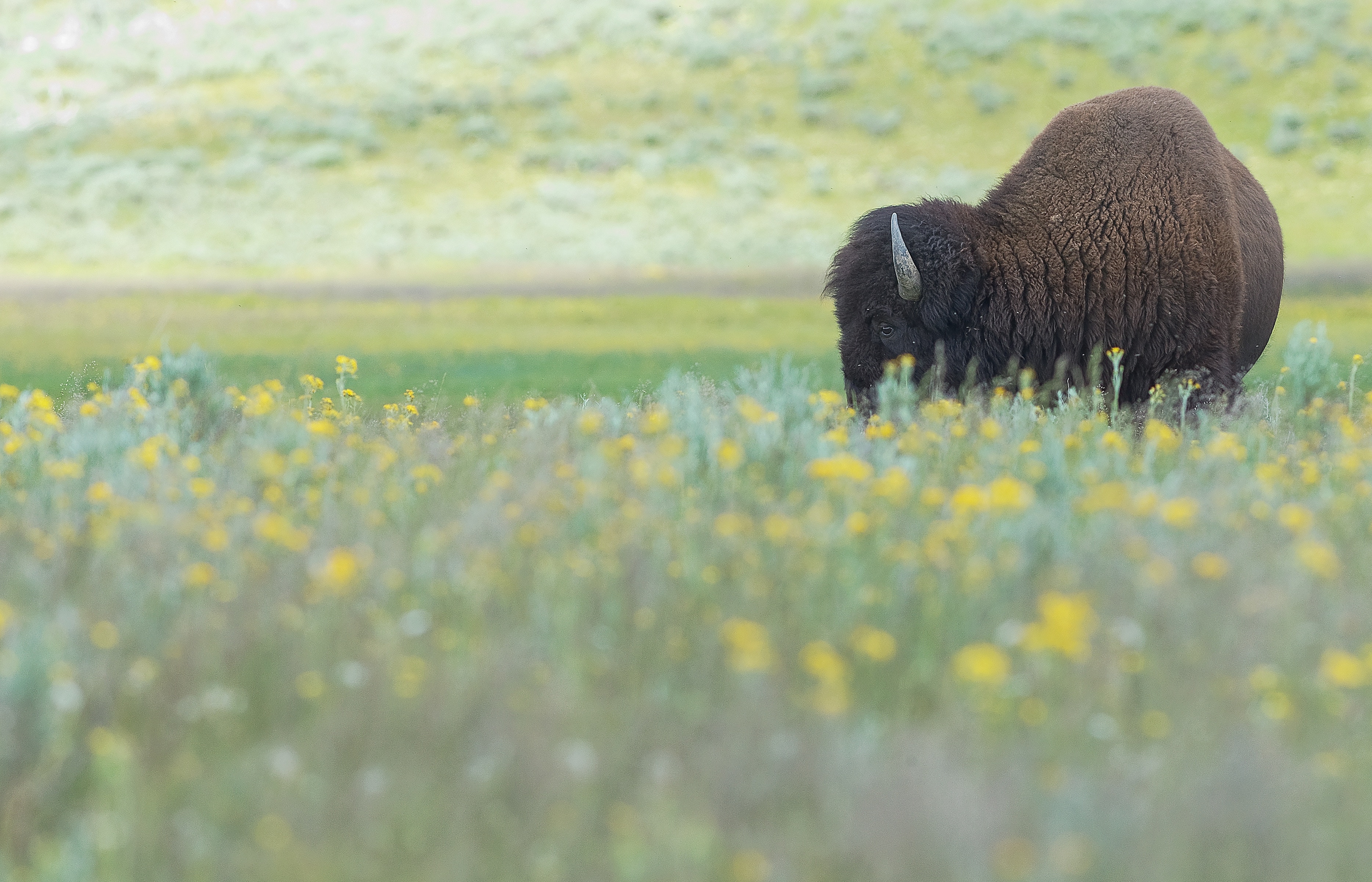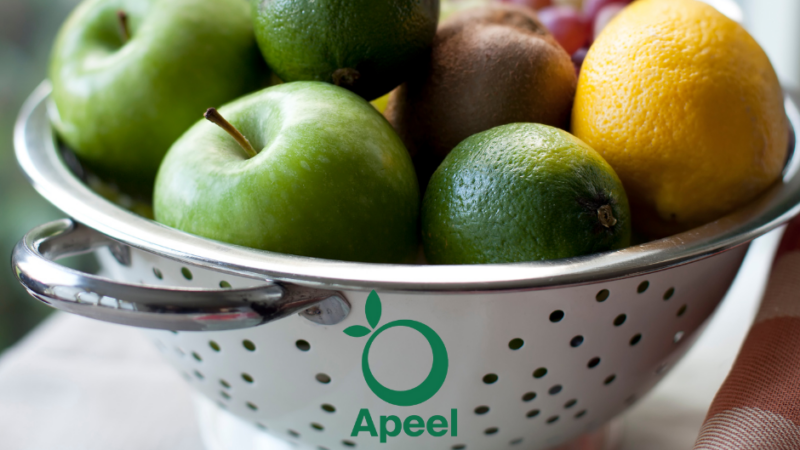Grass-Fed Meat And Dairy: Better for Farmers, Animals, the Earth and Us

Grass-fed beef is seeing 25-30% annual sales growth. Grass-fed yogurt and kefir increased by more than 38% in 2016.
Dairies like Maple Hill Creamery are experiencing more demand than they can supply. That’s why its founders Tim and Laura Joseph are partnering with nearby farmers to convert their conventional dairies to organic and grass-fed operations. In fact, the last 7 years, they have helped around 125 small dairy farms to grass-fed and have onboarded 80% of them into the Maple Hill brand in just the past two years.
For the farmers, the economics are driving change. Grass-fed milk can garner 2.5X the price of conventional milk, which is notable, but more than that, it’s the harbinger of a tighter belted future due to rapidly rising grain prices that enlighten farmers’ eyes to a sustainable future for themselves, the planet and the consumer. Grass-fed is a refuge from fluctuating milk prices on the international commodity market.
Expensive grain feed is replaced with regenerative management practices, wherein animals graze on the renewable grass on pastureland, fertilized by the cow’s own nature, coaxed into production by the sun and watered by rains. It’s an insulated, independent, recyclable and healthy ecosystem.
Animals are healthier, the earth’s ecosystem is maintained and the system is healthier for animals, making the product better for consumption. Grass-fed animals live longer, are healthier and actually benefit the microbial activity in the soil, which captures water better and thus reduces carbon.
Organizations like the Savory Institute advocate for “holistic planned grazing” as a solution to human-caused desertification. One of their goals is to change public perception that livestock causes the degradation of grasslands, and rather note that the way humans improperly manage livestock is the issue, but with education, can be readily changed. Ecosystems are incredibly responsive to such changes if behaviors are altered.
I read this Sunset article years ago (“Bringing the Bison Back“) and found the topic fascinating: restoring the prairie grasslands through bringing the bison back. Due to consumer demand, this grassland renewal has become economically viable. Sections of grazed prairies are becoming the diverse ecosystems they once were, all because bison are grazing on sun-grown and manure-fed grass (sprouted from latent grass seeds watered by rains). What an incredible solution to monocultured prairies stripped of their once-bountiful plant and animal life…just eat more bison. You’ll fund the ranchers who are humanely caring for these mighty creatures, that are helping to restore broken land.
 Photo by Hans Veth on Unsplash
Photo by Hans Veth on Unsplash
Of course, grass-fed products are priced higher at the grocery store, anywhere from 20-60 percent, in general. But considering it’s documented health benefits and its service to the ecosystem and planet, it’s an investment in our bodies, in sustainable farms and a healthier earth.
Other brands like EPIC are changing the game for ranchers as well. As producers of grass-fed meat bars, they have learned firsthand the supply limitations of the industry. EPIC’s bison bacon bar was so popular that demand way outpaced supply for grass-fed buffalo meat. The company’s acquisition by General Mills in 2016 provided the capital injection the founders needed to purchase $2.5 million worth of bison (Northstar Bison) that would be raised according to its standards, and guarantee a purchase price.
The kind of innovation demonstrated by brands like Maple Hill Creamery and EPIC can provide encouragement to existing farmers and young people looking to get into the business. Forging partnerships with existing brands can result in near-term financial viability, longevity and the benefits of a purpose-driven business.
Grass-fed cattle photo by Ales Krivec on Unsplash






